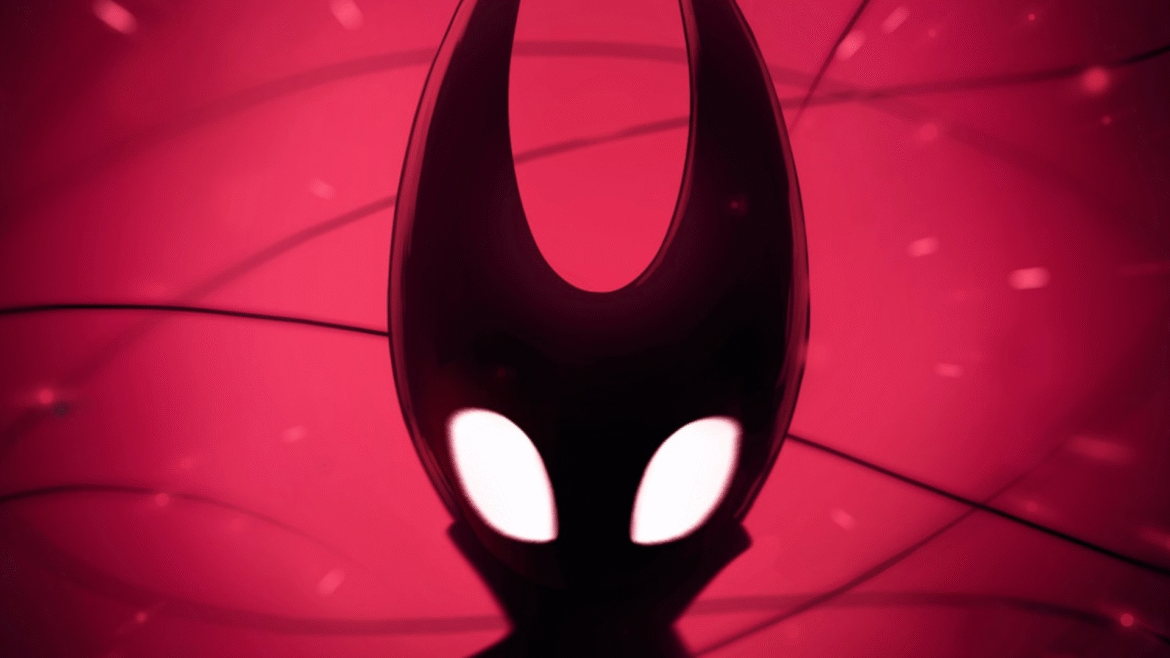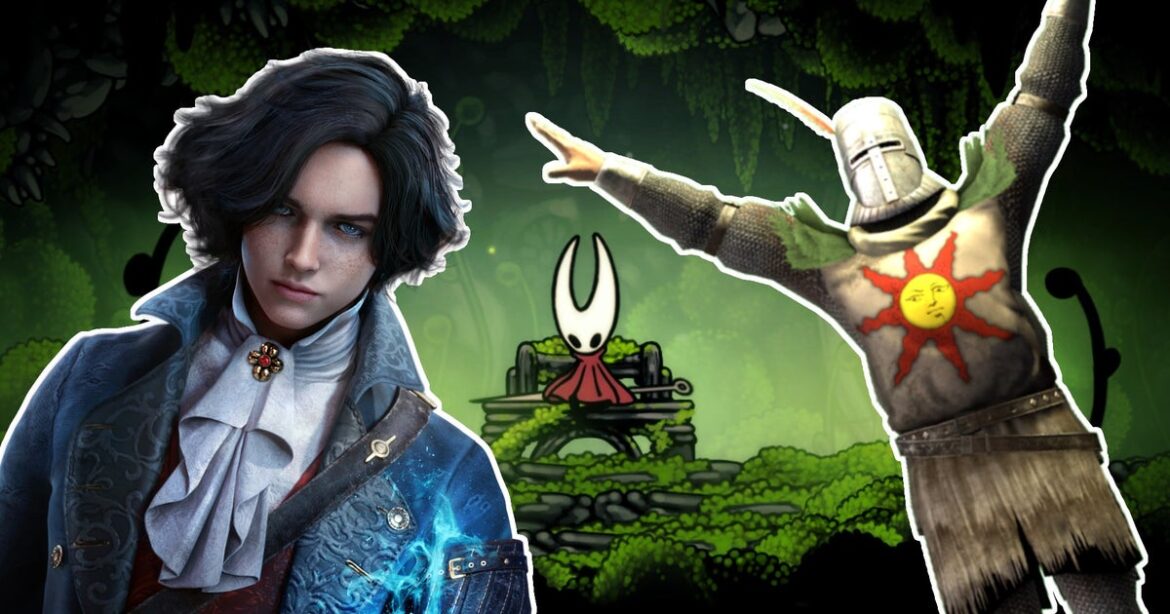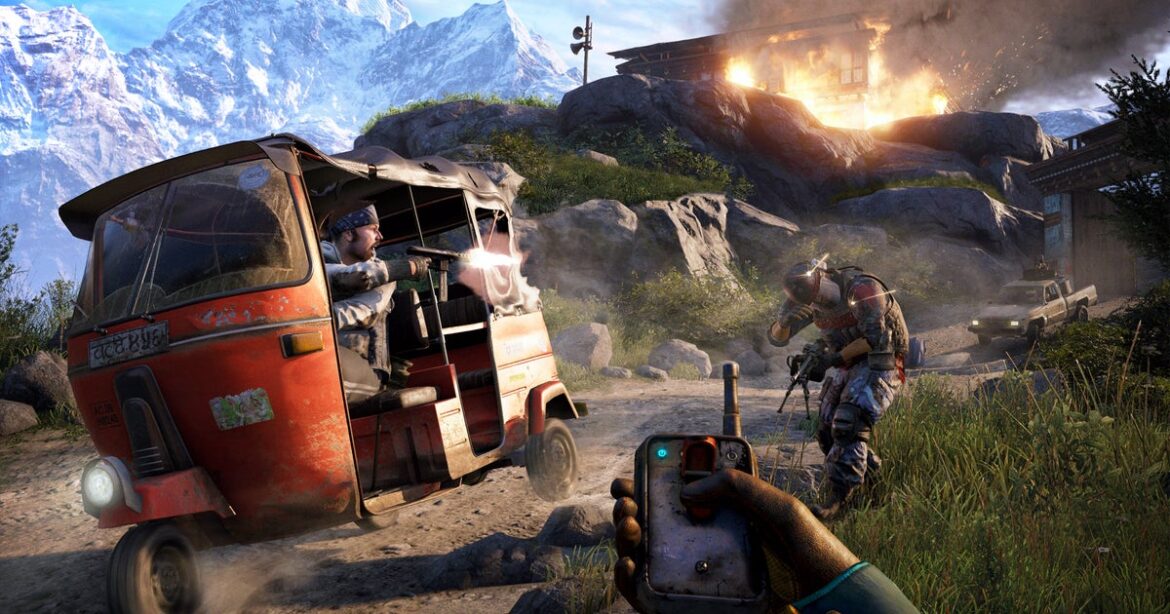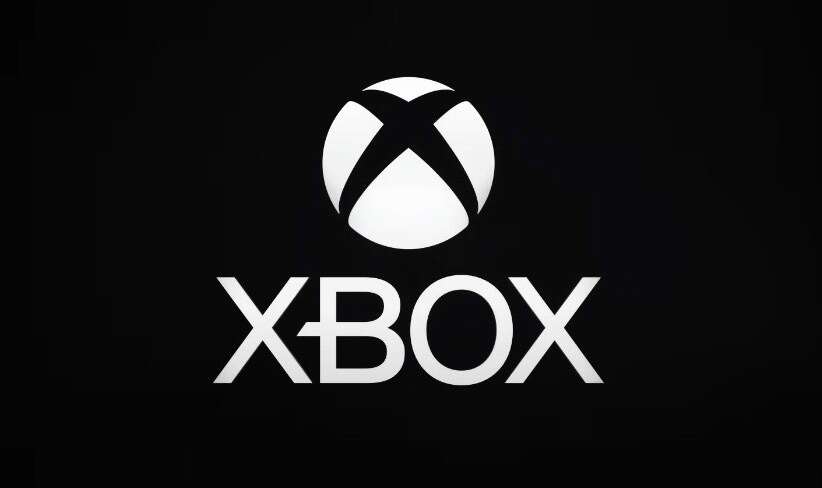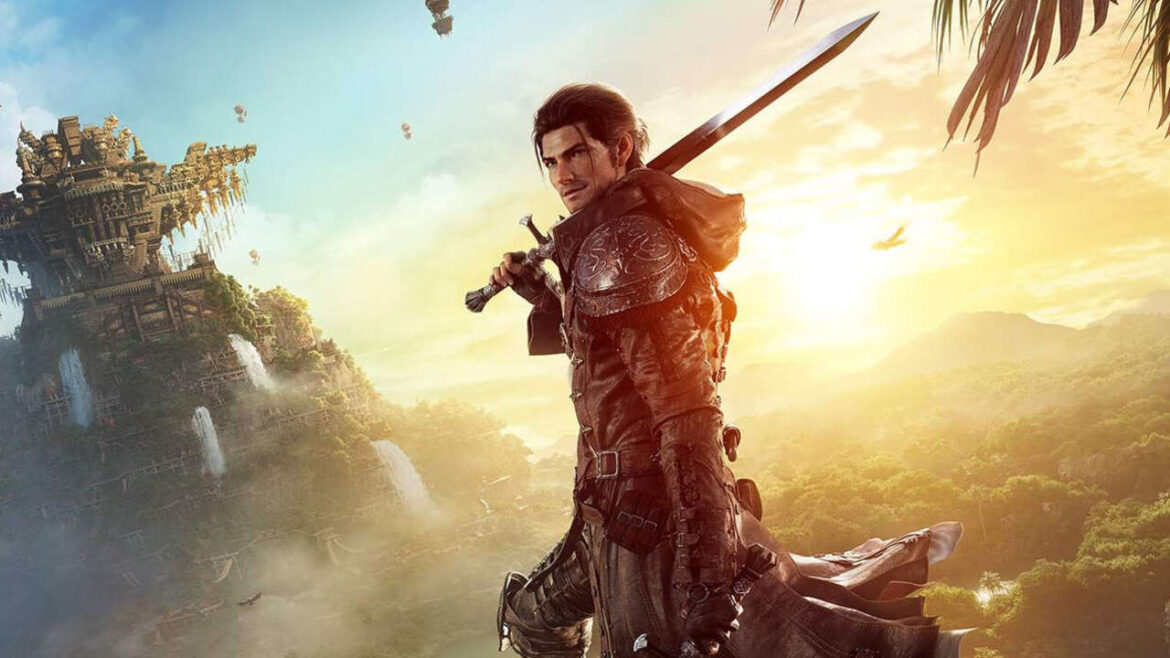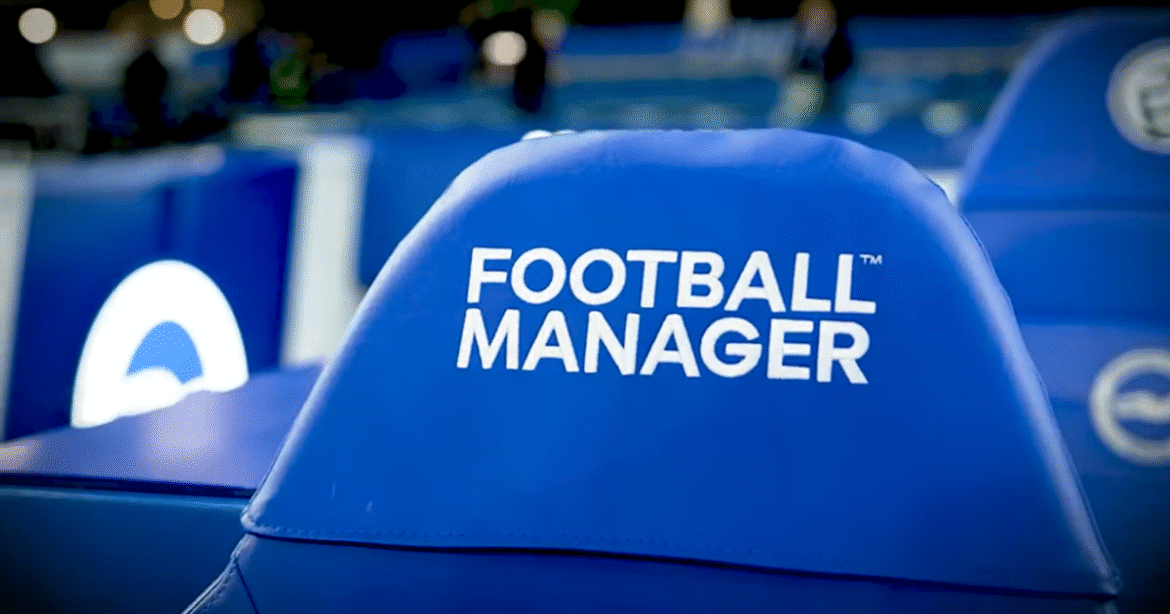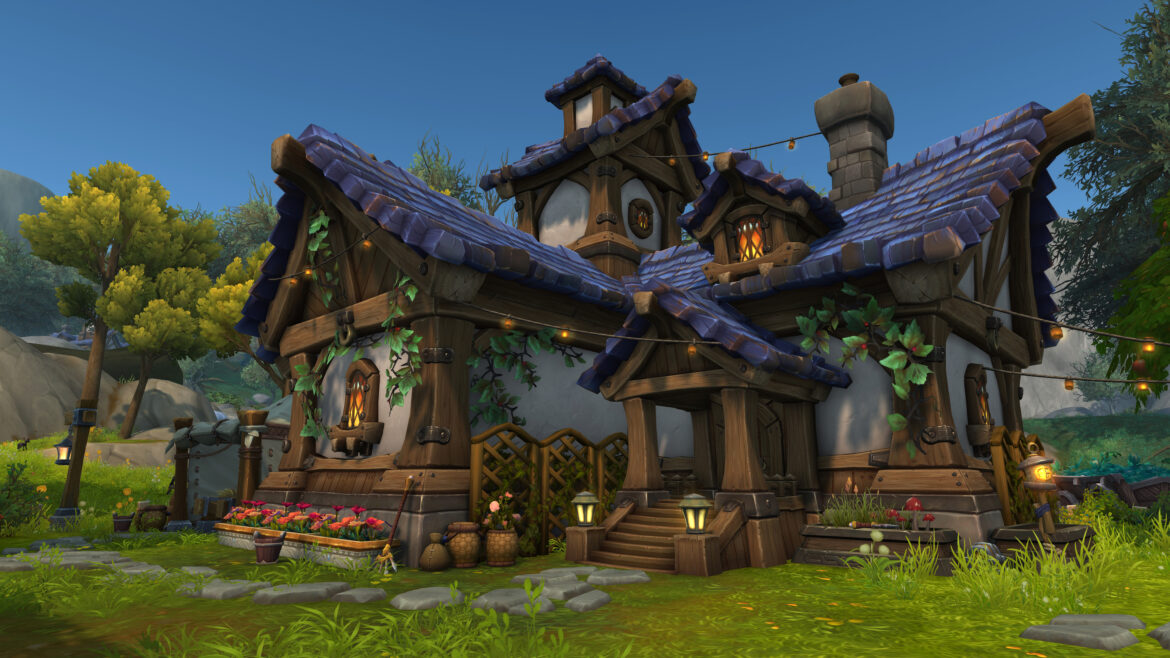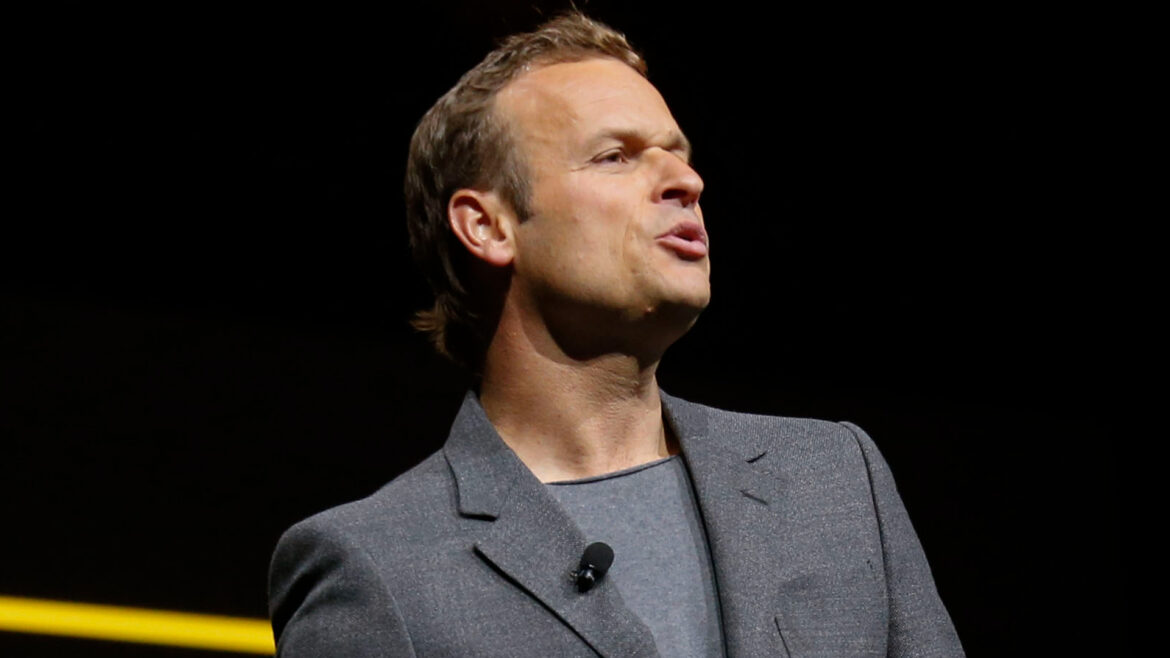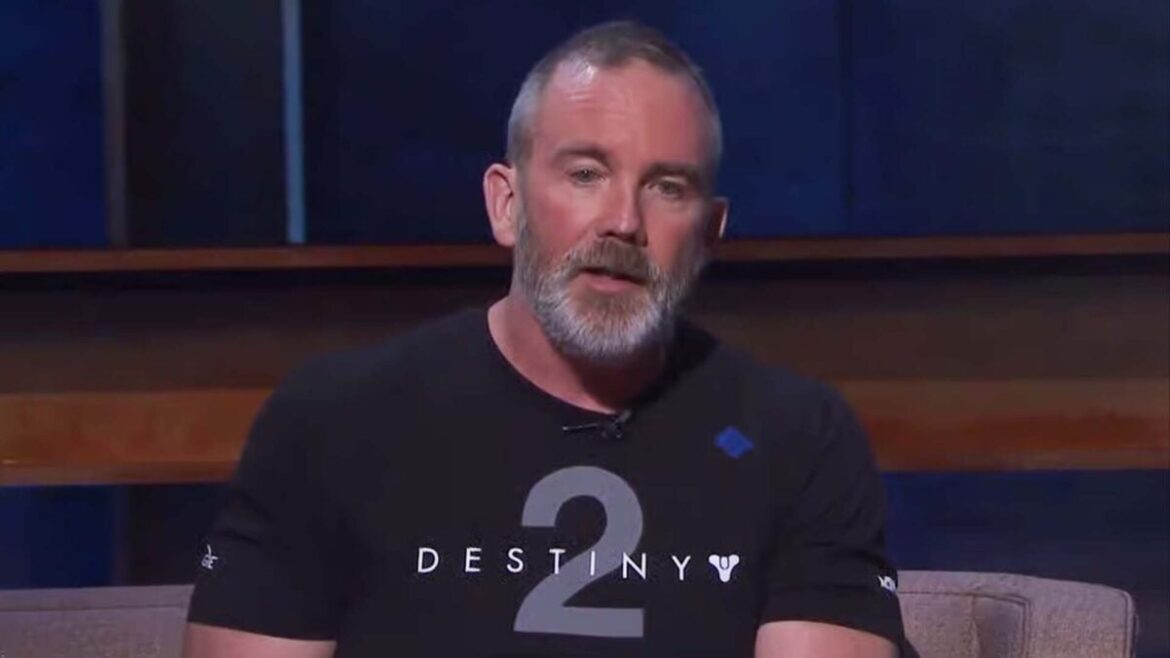Last night, I was annoying my fiancee by swearing every time I died to the early Silksong boss, Splinter Sister—the boss herself isn’t the problem, it’s the stupid little mooks she summons. Meanwhile, there are people not only no-hitting the game’s hardest bosses, one true student of the needle has no-hit every boss in the game.
This early Silksong champion is CrankyTemplar on YouTube, who also appears to have done a lot of Hollow Knight 1 challenge content previously. CrankyTemplar uploaded a first no-hit compilation of Silksong’s early bosses the day it came out, releasing subsequent addendums over the following days.
Silksong – All Bosses (No Damage) & Endings – YouTube
Watch On
CrankyTemplar put out a crowning, nearly two hour-long supercut of beating every boss without taking damage on Thursday, September 11—exactly one week after the game released. For a game widely agreed to be extremely challenging, one that PCG contributor Tyler Colp called “worth the pain” in his 90% review of Silksong, I find this to be a staggering accomplishment for how quickly CrankyTemplar managed it.
Related articles
With Silksong being such a massive game, CrankyTemplar does caveat that this “should” be every boss in the game, but the list looks exhaustive to me: They even took out a boss exclusive to the hidden Steel Soul permadeath mode, and provide detailed instructions for completing every ending, including the “true” ending and a hidden, seemingly very bad ending. If it needs to be said: Don’t watch too far or read the whole video description if you want to avoid spoilers.
CrankyTemplar also largely avoided using Silksong’s many powerful tools and even alternate crests. Scrubbing through the full video, it looks like they stuck with the starting Hunter style for the entire game. I was slightly tickled to discover that even this hardcore player is not fond of Silksong’s long boss runbacks—a frustration that was only magnified by the self-imposed challenge of restarting after taking a single hit.
The one-week turnaround on this still floors me, but there’s still a vast frontier of Silksong challenge and speedruns to take on—Speedrun.com leaderboards for Silksong haven’t even opened yet. A no-hit run of the entire game seems like an inevitability, but my mind boggles at the skill and, above all, patience that will require. 100% speedruns also seem like they’ll be quite the ordeal, given Silksong’s enormous world.
Me? I’m content to take my time working toward Silksong’s true ending eventually. I’m always eager to admire these sorts of achievements, but I’m happy not to feel any pressure to rush through this excellent game.

